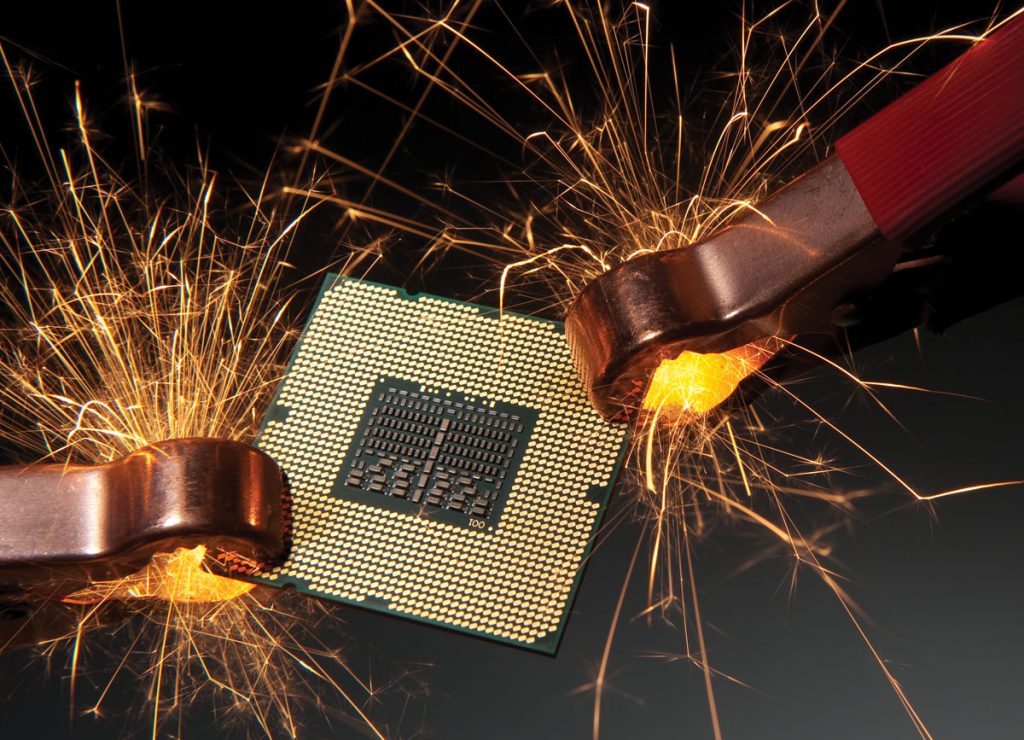In some cases, we stuck to the assumption that our PC won’t be broken no matter what we do. However, changing the clock speed alone could cause possible damages to the whole system. There are actually cases when PC becomes permanently damaged only when we perform soft overclocking tasks that use only software tools to change the settings of the PC. In general, heat can kill personal computers and any increase in voltage could result in increased heat. In this case, we should be very careful, so we don’t need to damage anything inside our personal computer. If we are making some changes to the BIOS settings and our PC is unable to boot, then probably not all is lost. Many modern systems are equipped with a type of emergency BIOS that’s essentially a secondary BIOS that could help us access the primary BIOS when we do something wrong. In some cases, turning our computer off by physically pulling the power cable could solve the problem, but in some cases, it is not. But if it works, our BIOS settings will return to their default conditions and we could evaluate improper things that we have done.
In this case, we need to make sure that we are less aggressive during the next overclocking attempts. The overall performance boost that we get could be less significant, but we are able to get so much more. We could simply reduce our overclocking attempts, in some cases, it could be a slight increase compared to the default settings. Each time we increase any settings, we should reboot the PC and run some hardware-intensive application or game so our PC could run at its peak capacity for specific duration of time. In this case, we need to be particularly patient and we may need to let our PC to run for a whole day with its slightly increased settings. Eventually, we could start to encounter some signs of instability and this would be a good sign that we should revert back to the previous stable configuration. This is an essential step, especially if our motherboard isn’t equipped with emergency BIOS. In some cases, we need to clear the BIOS memory by removing the battery and re-installing it, so the BIOS settings will return to default.
We should refer to our motherboard manuals for proper instructions. This could be equal to making changes in jumper settings and specific buttons. Whatever we do, we should make sure that we are able to return to default settings by removing CMOS battery when it is necessary. This is an essential thing to do if we want to get full benefits of any overclocking attempt. In many cases, we need to have at least intermediate PC knowledge before we perform even the most basic overclocking tasks. In general, we should be perfectly comfortable with making changes in BIOS configuration. Our PC should have good cooling solutions whenever possible. Overclocking is a perfectly safe thing to do if we know what we should do and what we should avoid.
